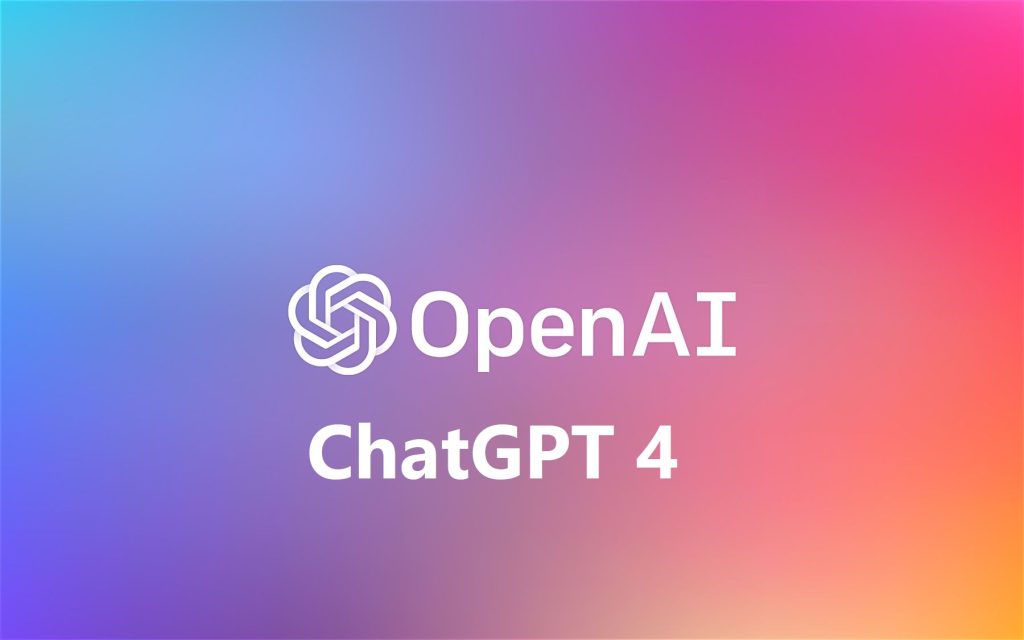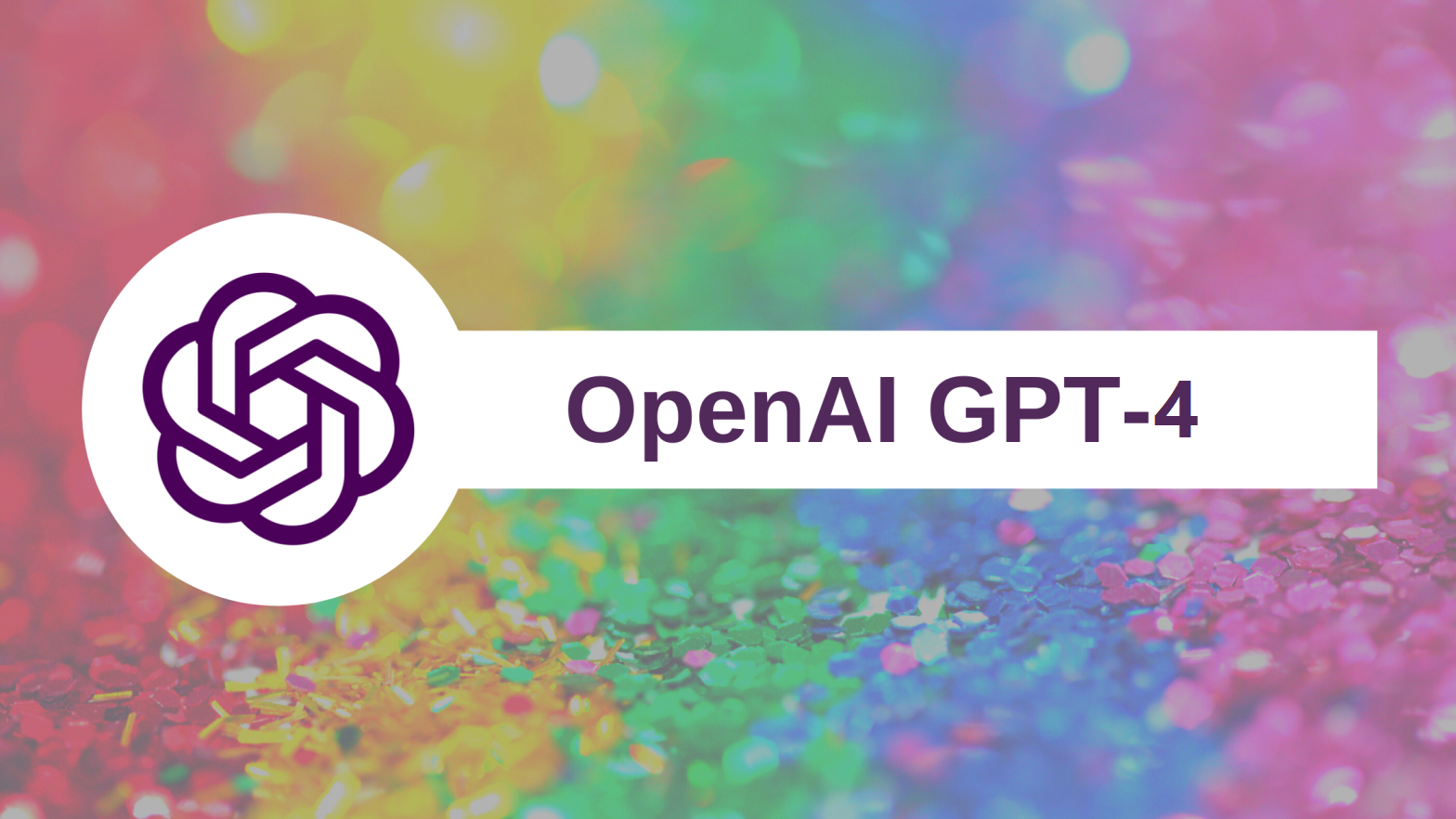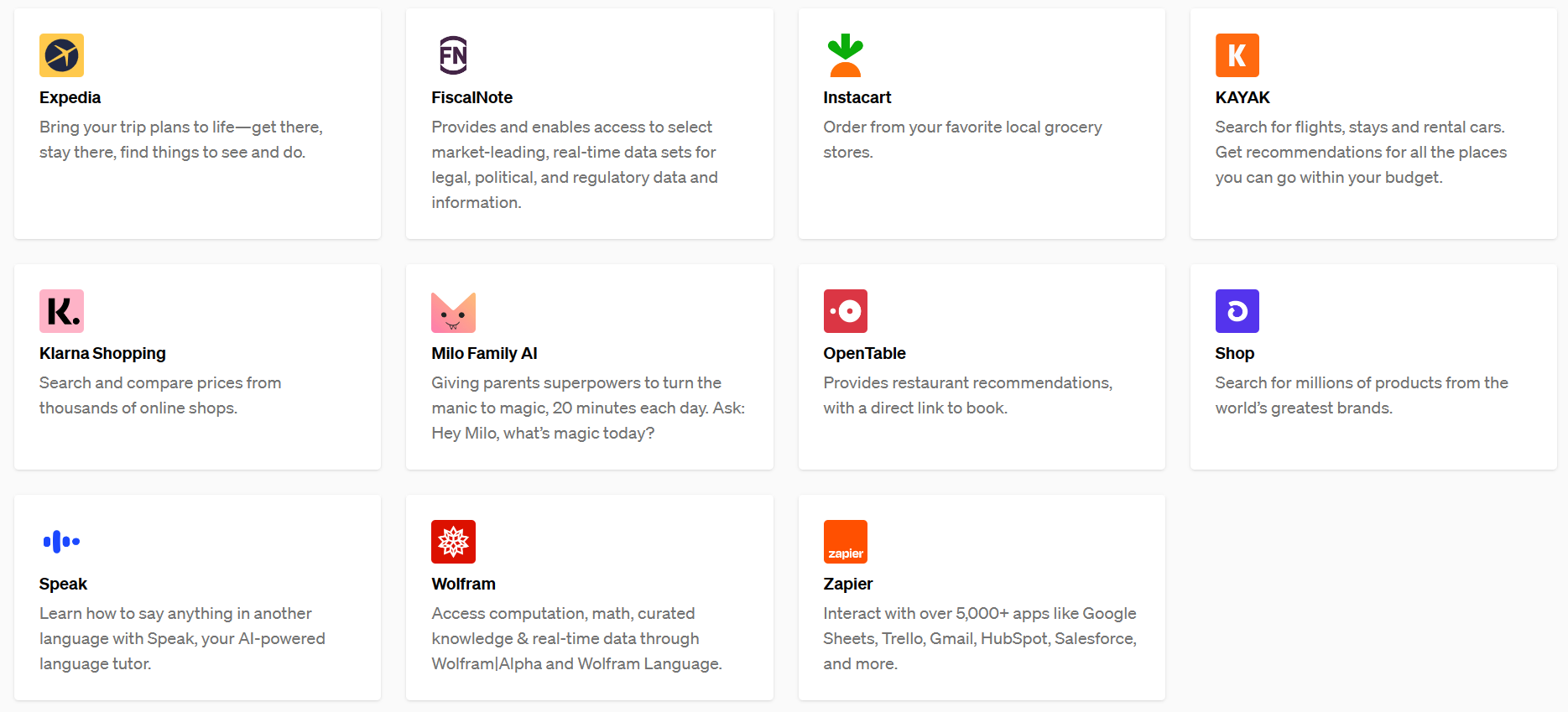OpenAI, the San Francisco-based research company, has recently announced the release of GPT-4, the newest version of its large language model. GPT-4 powers many key applications such as ChatGPT and the new Bing AI chatbot. According to OpenAI, GPT-4 is more sophisticated than its predecessor and has been trained on more data, making it more expensive to run.
More Creative and Collaborative Than Ever
OpenAI claims that GPT-4 is “more creative and collaborative than ever before” and “can solve difficult problems with greater accuracy.” This new model can generate, edit, and iterate with users on creative and technical writing tasks. Additionally, GPT-4 can respond to images as well as text.
Improvements in Factuality and Steerability
The company has spent six months iteratively aligning GPT-4 using lessons from their adversarial testing program as well as ChatGPT. This resulted in their best-ever results on factuality, steerability, and refusal to go outside of the guardrail. GPT-4 can generate captions, classifications, and analyses, as well as handle 25,000 words of text, enabling content creation, extended conversations, as well as document search and analysis.
Fewer Factually Incorrect Answers Than Humans
OpenAI states that the new model will produce fewer factually incorrect answers. In fact, the company claims that GPT-4 performs better than humans on many standardized tests. For example, GPT-4 performed at the 90th percentile on a simulated bar exam, the 93rd percentile on an SAT reading exam, and the 89th percentile on the SAT Math exam. However, the company acknowledges GPT-4’s limitations, such as social biases, hallucinations, and adversarial prompts.
Integration with Microsoft and Other Companies
OpenAI used Microsoft Azure to train the model, and Microsoft has invested billions of dollars in the startup. The GPT model powers the popular chatbot ChatGPT and Microsoft’s Bing AI chat. The new Bing AI chatbot uses GPT-4, which Microsoft officially confirmed after months of rumors.
The new model will be available to paying users of ChatGPT, OpenAI’s $20 monthly subscription, and will also be available as part of an API that allows programmers to integrate the AI into their apps. OpenAI has already partnered with a number of companies to integrate GPT-4 into their products, including Duolingo, Stripe, and Khan Academy.

The Future of AI
The race to AI domination has gained steam over the past few months, with both Microsoft and Google jumping into the space. Generative AI, as many believe, will lay the groundwork for many future products currently in the pipeline. OpenAI introduced ChatGPT in November, and the chatbot went viral instantly. Microsoft’s interest in generative AI and its investment in OpenAI has put Google in a tight spot, as the Silicon Valley heavyweight has been under pressure to deeply integrate artificial intelligence capabilities in its core apps such as Gmail and Docs.
In conclusion, GPT-4 is the newest and most sophisticated version of OpenAI’s large language model. Its improvements in factuality, steerability, and reliability make it a powerful tool for creative and technical writing tasks. The integration of GPT-4 with Microsoft and other companies promises to revolutionize the AI industry and bring about a new era of innovation.




